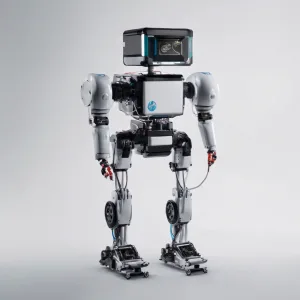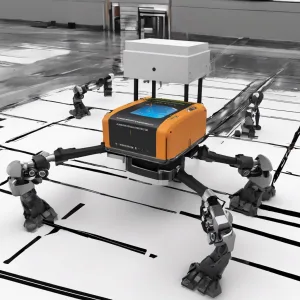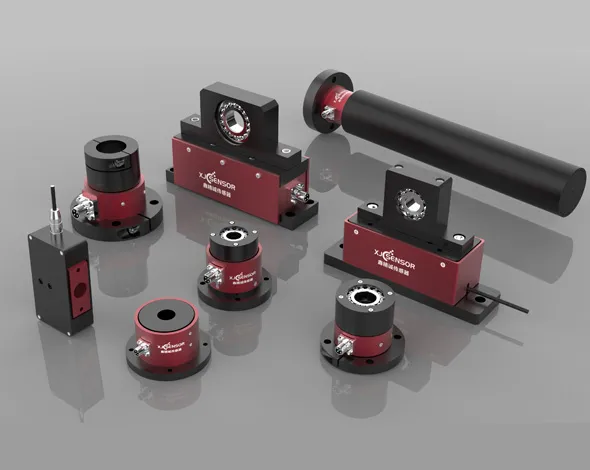
The Sensory Prowess of Modern Robots
Widely Used Sensors in Robotics and Automotive Applications
- LiDAR (Light Detection and Ranging): This sensor uses laser beams to measure distances and create a 3D map of the surrounding area, which is crucial for autonomous vehicles.
- Ultrasonic Sensors: These leverage sound waves to detect objects and measure distances without contact, suitable for parking assistance and robotic collision avoidance.
- Infrared Sensors: They detect heat and motion, assisting in night vision applications and proximity detection in robotics.
- Camera Sensors: Cameras serve as the eyes for robots and vehicles, enabling machine vision for object recognition, navigation, and more.
- Force Torque Sensors: These provide feedback on force and torque being applied by the robot, allowing precise control when handling materials or during assembly processes.
- Vision Sensors: With cameras and image processing, vision sensors guide robots in quality inspection, sorting, and material handling.
- Safety Sensors: Light curtains and safety mats, among others, ensure human workers are protected by detecting presence and preventing collisions.
The Role of Position Sensors
- Encoders: Found in rotary and linear forms, encoders precisely measure the position and velocity of moving parts.
- Potentiometers: These analog sensors determine position based on the degree of rotation of a shaft or a slider.
- Inclinometers: Also known as tilt sensors, these detect the angle of slope or elevation relative to gravity.
The Best Robot Sensor Positioning Strategies
When integrating sensors into a robotic system, optimizing their positions is crucial for maximum functionality. To find the best position, consider the task, environment, and any obstacles. For instance, placing LiDAR sensors at elevated points on an autonomous vehicle allows for a broader field of view.

Internal vs. External Sensors in Robotics
Contact vs. Non-contact Sensors in Robotics
Conclusion
Sensors in robotics are akin to the senses in humans: they are indispensable for perception and action. Robots can do many different tasks because they have different types of sensors. These sensors can be inside or outside the robot. Robots can work in factories, on roads, or in new places. As technology advances, we can expect sensors to become even more sophisticated, granting robots greater autonomy and capabilities. By embracing this sensory revolution, we can shape the future of robotics and automotive industries.



